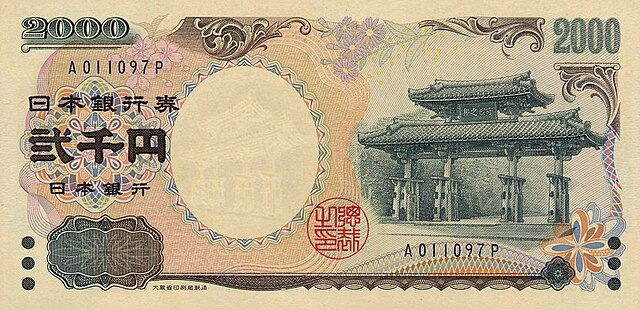The Japanese Yen (JPY) is the official currency of Japan. Here’s a guide to currency exchange involving the Japanese Yen:
1. Currency Symbol and Code:
- The symbol for the Japanese Yen is “¥,” and its ISO code is JPY.
2. Subdivisions:
- The Yen is subdivided into smaller units called sen and rin, although these are not widely used in everyday transactions. One Yen is equivalent to 100 sen.

3. Denominations:
- Banknotes and coins are used in Japan. Banknotes are commonly issued in denominations of 1,000, 2,000, 5,000, and 10,000 Yen. Coins are available in smaller denominations.
4. Exchange Rate:
- The exchange rate of the Japanese Yen can fluctuate. It’s important to check current rates when engaging in currency exchanges or financial transactions.
5. Central Bank:
- The Bank of Japan (BoJ) is the central bank responsible for issuing and regulating the Japanese Yen. It also formulates and implements monetary policy.
6. Economic Context:
- Japan is one of the world’s largest economies, with a focus on industries such as manufacturing, technology, and export-oriented businesses. Economic conditions can impact the value of the Yen.
7. Global Reserve Currency:
- The Japanese Yen is considered one of the major global reserve currencies. It is widely held by central banks and financial institutions for international trade and investment.
8. Role in Carry Trade:
- The Yen is often involved in carry trade, where investors borrow in a low-interest-rate currency (like the Yen) to invest in higher-yielding assets elsewhere. Changes in global interest rates can influence the Yen’s value.
Understanding the Japanese Yen involves considering its historical context, economic drivers, and practical aspects related to its use. Whether you are a traveler or an investor, staying informed about the currency and its nuances is essential for a meaningful experience in Japan.











